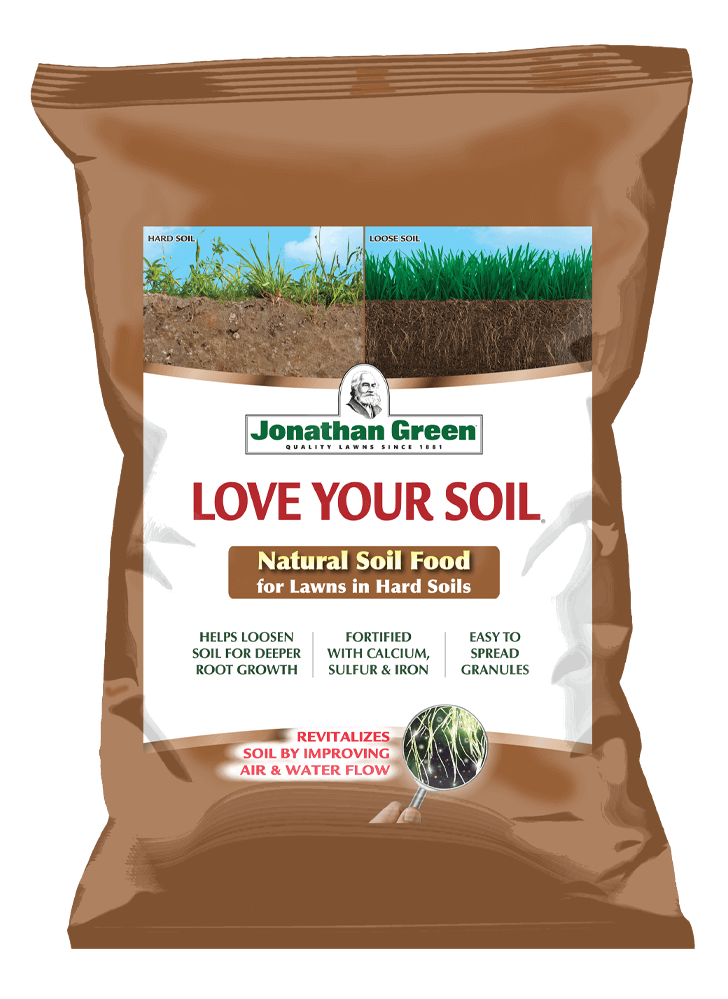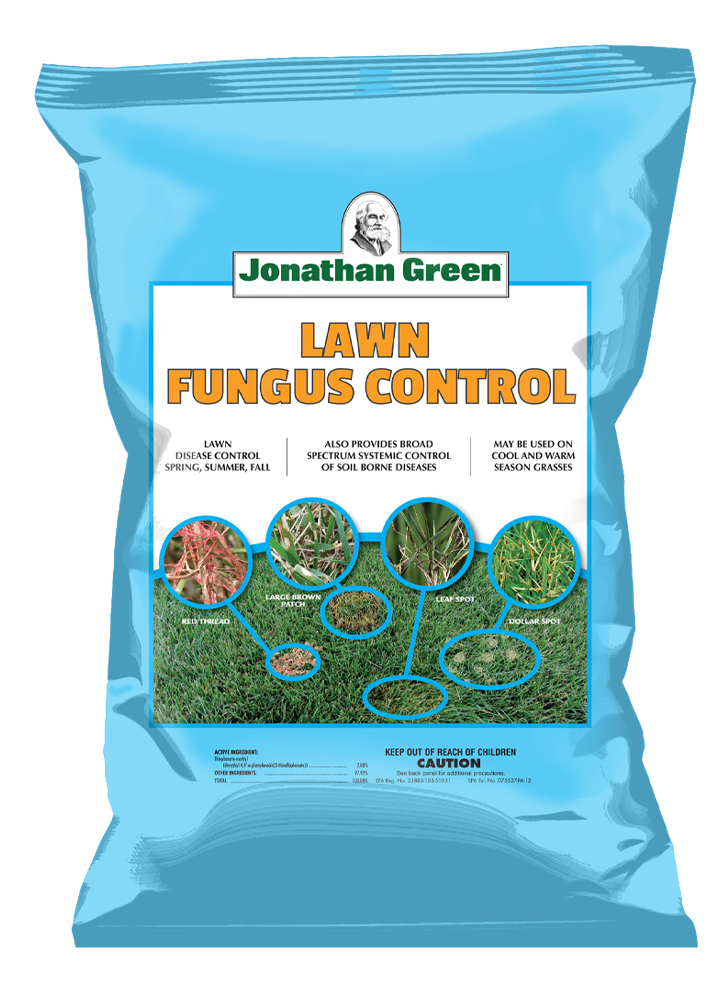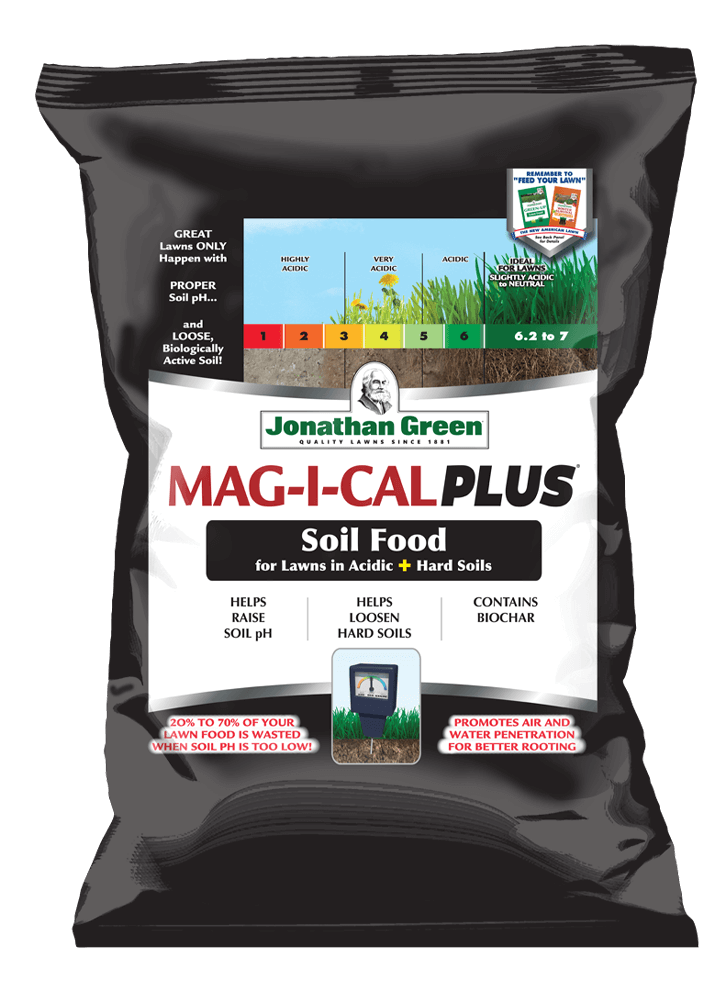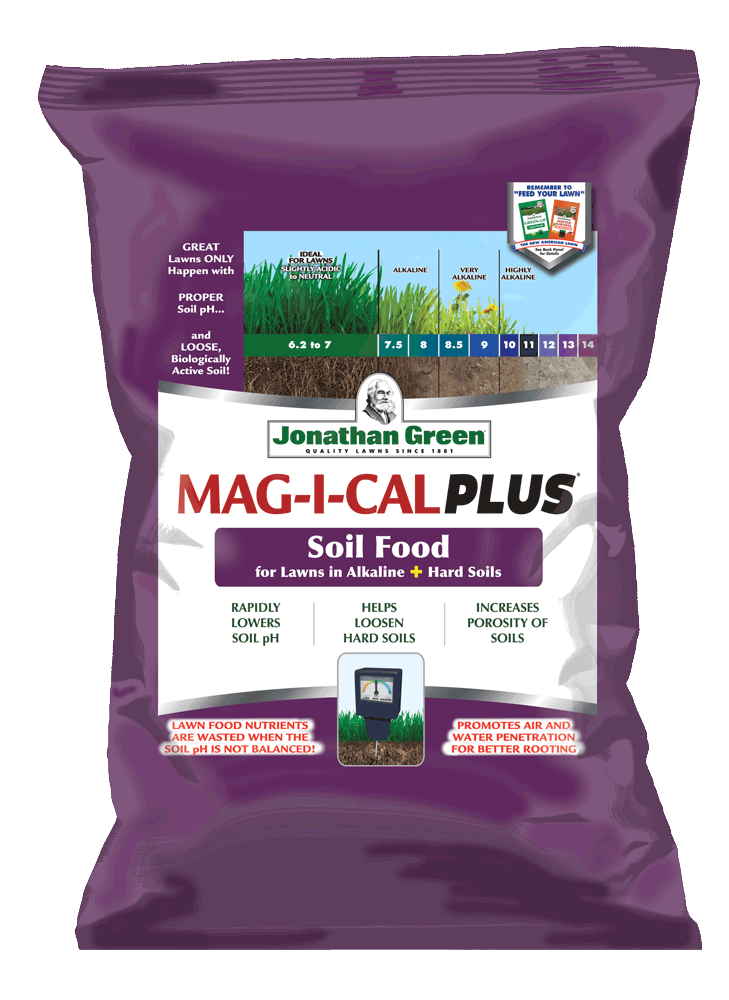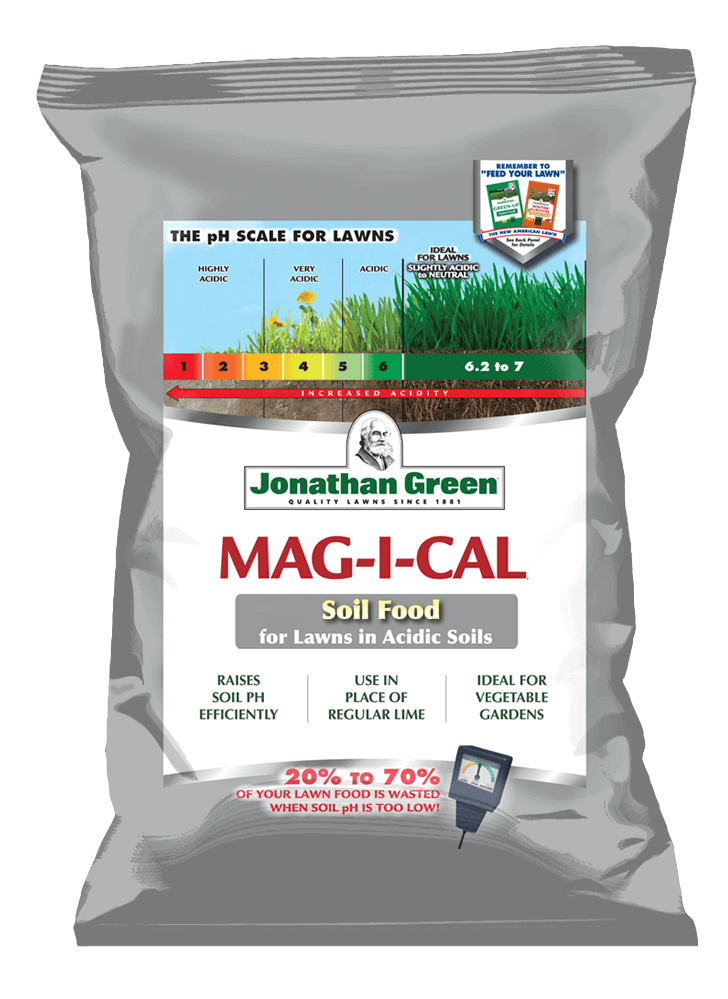Why did my lawn turn brown?
Why did my lawn turn brown? Fall is almost here and many of you probably experienced some “browning” of your lawn this summer. Yes, Mother Nature is playing tricks on your lawn. Why the browning…. read on? It’s hard to figure out what went wrong when so much turfgrass browns out. The usual assumption is heat and drought stress followed by fungus. Obviously, heat and drought can take its toll on lawns just like this summer’s weather took its toll on all of us. After the unusual rainy season, which happened in late spring and early summer, the heat and drought stress came on strong. The lawn blades where so used to the cool, lush feeling of almost daily rains when suddenly Mother Nature turned off the water supply. Summer had arrived. There is not much you could have done at this point unless you had an irrigation system to help your spring green lawn stay green all summer long. Many homeowners do not have a sprinkler system or do not want to have crazy water bills so your lawn may have gone dormant-brown to survive.
While a healthy growing lawn may turn brown and appear dead, many times it will survive and come back with proper lawn care in the fall. What’s the best way to create a lawn to avoid this browning? Take a moment and read my articles I have written over the years. Was it lawn fungus that killed my lawn? Lawn fungus develops from an interaction between a susceptible plant (host), a disease-causing organism (pathogen), and an environment that favors the pathogen to infect and incite disease in the host. Excessive heat and humidity are leading causes of fungus and we surely have had enough of these. If you are not sure if you have a lawn fungus, go to the Internet and check out different lawn fungus pictures and what causes them or check with your state university cooperative extension office. Some fungus can be avoided by using proper watering techniques and raising your mowing height in early summer before heat and drought stress arrive. Some fungus can be reduced by using high quality grass seed such as our Black Beauty varieties. Fungus may be reduced by having a high quality soil teaming with biological activity. Help accomplish this by applying Love Your Soil®. Fungus can usually be reduced or eliminated using Lawn Fungus Control. What about insect damage? Did that turn your lawn brown? Chinch bugs and grubs are frequently active during summer months. Their sucking and chewing habits on grass plants can cause death quite quickly. Monitor your lawn for these insect pests. Again, check out the Internet to learn how to identity lawn pests and the damage they cause. Timing is critical for successful applications of insect control such as Grub and Insect Control, follow all label directions. So your lawn died this summer; what can you do about it? Early fall is a great time to renovate and re-seed damaged lawn areas. The ground is warm, the rains return and the temperature drops creating the perfect environment to grow new grass. Rake up bare spots or small areas prior to seeding. Consider renting some power equipment if you are re-seeding your whole lawn. Perhaps share this rental cost with a few neighbors to save money. Don’t forget to test your soil and get it into the range of 6.2 – 7.0 using Mag-I-Cal or Mag-I-Cal Plus. Last but not least, use quality grass seed if you are going to go through all this time, effort and expense to create the best lawn in town. I hope you didn’t have much damage to your lawn this summer. Do not give up hope, you can try again this fall and next spring to create a healthy growing lawn so this does not happen to you again. Maybe next year we can beat Mother Nature, good luck with your lawn venture.
